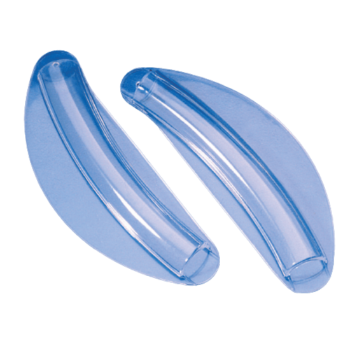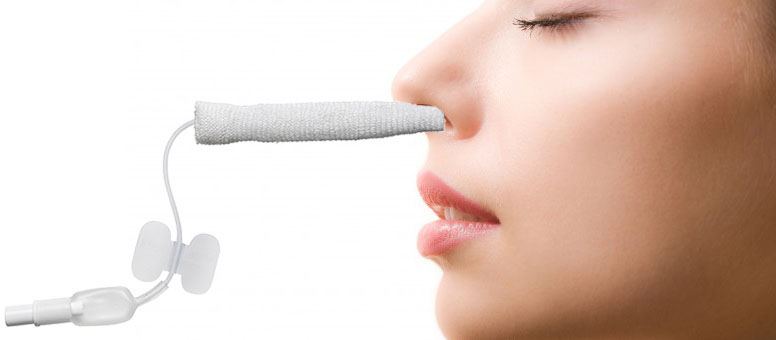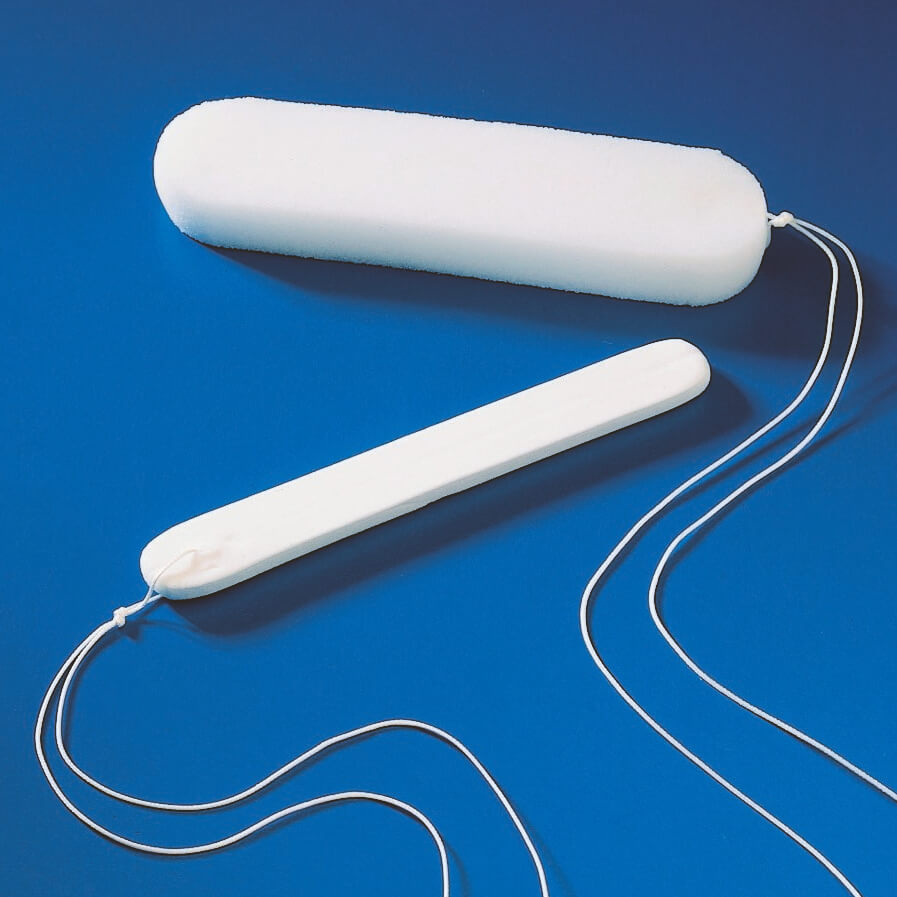Splint and Tampon Use in Rhinoplasty
The shape of the nose is one of the organs that affect the facial expression of the person the most. Therefore, we can say that nose surgery (rhinoplasty) is probably the most preferred aesthetic operation worldwide.
A successfully performed rhinoplasty (nose surgery) operation can ensure that the nose is shaped in proportion to the other organs on the face and that breathing problems are ceased upon complaint. In addition, there is a period after rhinoplasty, during which you need to be very careful.
Because the bones and cartilage are moved during the surgery, special care is required to keep these elements stable after rhinoplasty. This care can be achieved with the use of splints and tampons.

What are Splints and Tampons?
After nose surgeries, there are two types of elements, splints and tampons, which are frequently reused. So, what are splints and tampons and why are they so important? Let’s find out together.
Nasal Splint
Nasal Splints are devices used to stabilize the nose after nasal surgeries and are usually made of plastic or silicone. The use of Splints varies according to the nose operation a person undergoes. There are two types of Splints: External and Internal Splints.
Types of Nasal Splints
What is an External Splint?
Rhinoplasty is one of the most common surgeries that require the use of External Splints. After the nose surgery, a flexible exterior nasal splint is placed over the nasal bandage. If the splint is required to grip the nose more firmly, it is also possible to place a bandage over the nasal splint.
The process after the rhinoplasty surgery is as important as the surgery itself. The form given to the nose should be preserved after surgery and swelling of the tissues should be prevented.

The form given to the nose should be maintained after surgery and swelling of the tissues should be prevented. For this reason, the quality of the Splints used after nose surgeries is quite important. It can be a bad scenario for both the surgeon and the patient if the nose, which gains its ideal form quite laboriously, is distorted due to the effect of oedema during the healing period, and if the grafts or nasal bones slip out of place. Patented by the Turkish Patent Office, TAS Nasal Splint offers personalized use thanks to its adjustable medical elastic bandage structure. You can access the details about our patented product, which is manufactured through innovative approaches and whose effectiveness is proven in clinical studies, on the page titled TAS Patented Nasal Splint.

What is an Internal Splint?
After a nose surgery that requires the use of an internal splint, an internal splint will be placed in both nostrils. And, the splint will be fixed to the nostril with the help of sutures.
At the end of the healing process, the splint can be removed together with the sutures.
What Is A Nasal Splint Used For?
The Internal Nasal Splint is applied to the nostrils and fixed with the help of sutures. The External Nasal Splint is worn on the outside of the nose and fixed to the nose by means of medical tapes.
Splints, also known as Nasal Splints, are used to stabilize the newly operated nasal tissue and to protect the nasal structure during the healing process.
After Which Type Of Surgeries Are Nasal Splints Used?
- Septoplasty
- Sinus Surgery
- Nasal Fracture Surgery
When Should A Nasal Splint Be Removed?
A nasal splint is removed after approximately 1 week to 10 days, depending on the nature of the operation.

Nasal Tampon
The procedure of applying sterile cotton or gauze patch to both nostrils after nose surgeries (rhinoplasty) is called nasal tamponade. The application of a nasal tampon is applied in order to absorb blood or fluid that may come out of the nose.
Types of Nasal Tampons
Nasal tampons to be applied after nose surgeries may vary according to the needs. Nasal tampons can be preferred according to the material and the needs. The types of nasal tampons are as follows:
Sponge Nasal Tampons
The Sponge Nose Tampons have some advantages. Sponge Nasal Tampons do not dissolve, swell quickly, do not adhere to tissues and provide absorption of leaks due to bleeding. This type of nasal tampon which is obtained from a special type of sponge can be kept inside the nose for 2-3 days.
Silicone Nasal Tampons
Silicone Nasal Tampon is one of the most preferred nasal tampons. This type of nasal tampon, also known as a perforated nasal tampon, made of silicone material, helps the patient breathe and keeps the movements of anatomical structures under control. Silicone nasal tampons are usually kept in the nose for 3-5 days.
Corrugated Nasal Tampons
A Corrugated Nasal Tampon is a type of tampon obtained by combining silicone and intranasal tampons.

The Importance of Using Tampons After Rhinoplasty
The use of nasal tampons makes the post-rhinoplasty period quite easy. We can summarize the importance of nasal tampons in terms of rhinoplasty as follows:
- The use of tampons after rhinoplasty accelerates the healing process and eliminates the risk of adhesions.
- Nasal tampons help to stop bleeding and leakage of fluids that may occur after surgery.
- They are recommended because they do not pose any risks.
